The Essential Guide to Feeding Your New Kitten
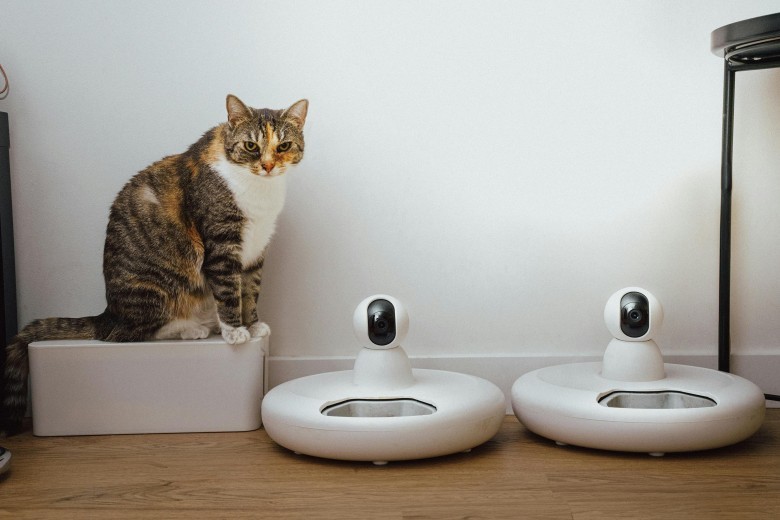
Bringing home a new kitten is a thrilling experience, filled with joy and anticipation. One of the most crucial aspects of kitten care is feeding, as kittens require proper nutrition to grow into healthy adults. It’s important to know how much and how often to feed your new feline friend.
When to Start Feeding Kittens
Introducing solid food to kittens should begin when they are still nursing from their mother. Around 5-6 weeks of age, you can offer both wet and dry food, allowing kittens to explore solid food at their own pace. If you're bottle-feeding, this is also the ideal time to start replacing some formula with solid food.
Kittens should begin to use the litter box around 3-4 weeks old, so keeping a non-clumping litter box nearby is essential. After the kittens reach 8-10 weeks, you can transition them to clumping litter for easier cleaning.
Typically, by 7-8 weeks of age, kittens are ready for a fully solid food diet. Gradually increase their solid food intake while reducing nursing sessions. You can also encourage them to explore solid food by decreasing the formula amount.
What to Feed Kittens
Deciding between wet and dry food can depend on your kitten’s preferences and health needs. Kittens often inherit their food preferences from their mother, so her diet may influence what your new pet enjoys.
Wet vs. Dry Kitten Food
Wet Food Benefits:
- High Moisture Content: Helps keep kittens hydrated.
- Mixability: Easier to mix in supplements.
- Increased Palatability: Warming it can enhance aroma and appeal, especially when appetites fluctuate.
Dry Food Benefits:
- Dental Health Support: Helps scrape plaque off teeth as the kitten chews.
- Mental and Physical Stimulation: Can be used in puzzle toys for enrichment.
- Cost-efficient: Often cheaper than wet food.
The Best Kitten Foods
When choosing the right food for your kitten, it’s wise to opt for trusted brands like Purina, Hill’s, Royal Canin, or IAMS. Look for the nutritional adequacy statement from the Association of American Feed Control Officials (AAFCO) on the label, indicating that the food is complete and balanced for kittens.
Good kitten foods should be rich in protein, fats, and omega-3 fatty acids like EPA and DHA, promoting growth, development, and immune health.
Recommended Dry Kitten Foods:
- Hill's Science Diet Kitten Healthy Development Chicken Recipe: Nutrient-rich and designed for sensitive stomachs.
- Purina Pro Plan Kitten Shredded Blend Chicken & Rice Formula: Includes live probiotics for digestive health.
How Much to Feed Kittens
The amount to feed your kitten will depend on their age, weight, and the type of food. Below is a general feeding chart to guide your decisions:
| Age (months) |
Weight (pounds) |
Average Caloric Intake |
Frequency |
| 2 |
2 |
150 calories |
Three meals per day |
| 3 |
3 |
200 calories |
Three meals per day |
| 4 |
4.5 |
300 calories |
Three meals per day |
| 5 |
5.5 |
340 calories |
Two meals per day |
| 6 |
6.5 |
400 calories |
Two meals per day |
| 7 |
7 |
420 calories |
Two meals per day |
| 8 |
7.5 |
440 calories |
Two meals per day |
| 9 |
8 |
460 calories |
Two meals per day |
| 10 |
9 |
500 calories |
Two meals per day |
| 11 |
10 |
540 calories |
Two meals per day |
Note: Consult your veterinarian to tailor feeding amounts for your individual kitten as factors like breed and body frame can affect their needs.
How Often to Feed Kittens
Kittens younger than 4 months should ideally be fed three times a day, while those older can transition to two meals a day. Observe your kitten’s appetite; some might prefer grazing while others may prefer to eat all at once.
Transitioning a Kitten to Adult Cat Food
Most kittens are ready to switch to adult cat food around 12 months of age. To facilitate a smooth transition, start by mixing in a small amount of the new adult food with their current kitten food:
- Begin with 25% adult cat food mixed with 75% kitten food and maintain this ratio for a few days.
- Gradually increase the adult food percentage until your kitten is fully transitioned to adult food within six days.
If your kitten is sensitive, start with a smaller percentage of adult food and increase gradually, monitoring how they handle the change.
By understanding the right feeding practices for your new kitten, you can ensure they receive the nutrition needed for a healthy and happy life. Enjoy this exciting journey with your furry friend!
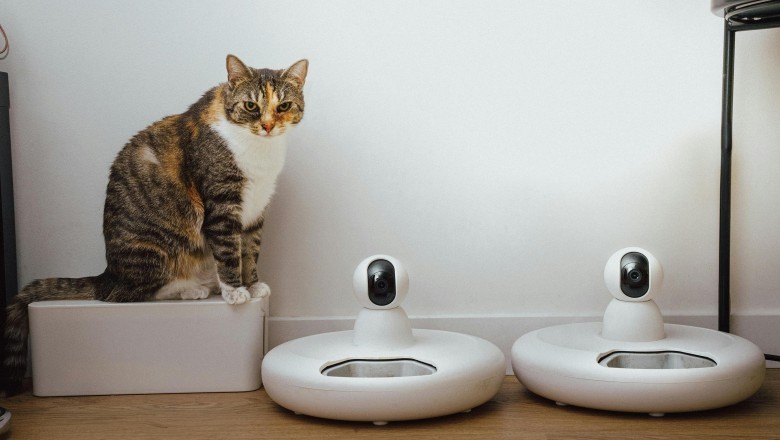











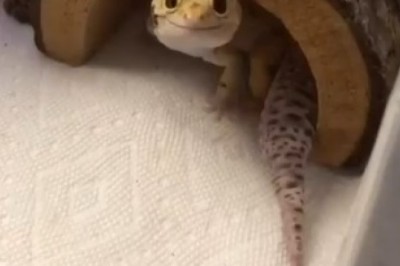
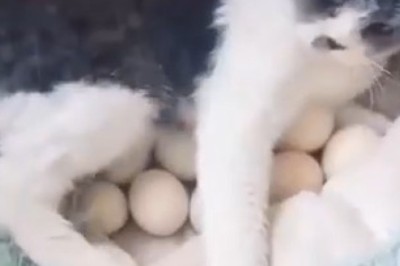
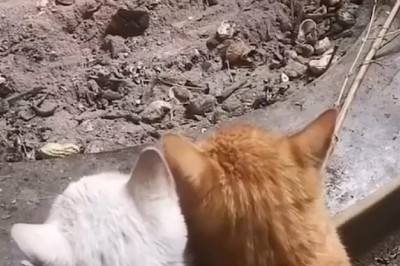






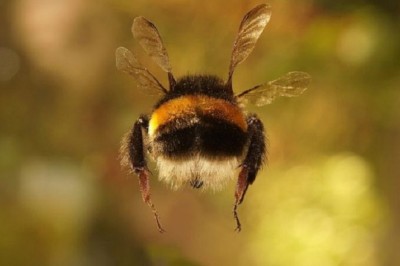
Comments
0 comment